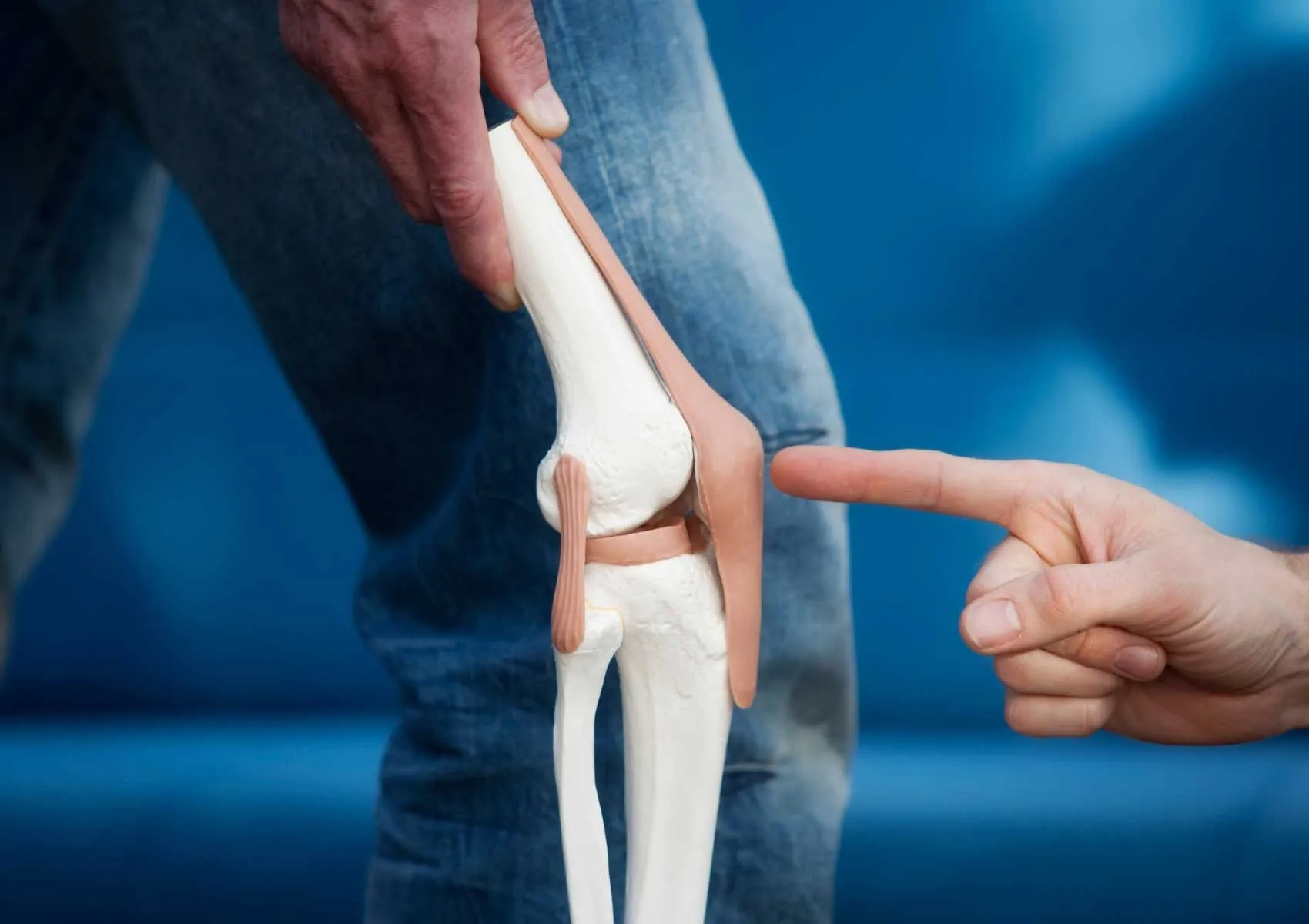Meniscus Repair with Arthroscopy
The Power of Preservation in Knee Surgery
The knee joint is a complex structure that plays a vital role in both everyday mobility and athletic performance. At the heart of this functionality is the meniscus—a crescent-shaped cartilage structure that sits between the femur (thigh bone) and tibia (shin bone). The meniscus serves critical functions, including shock absorption, load distribution, and joint stability.
However, due to trauma, sudden twisting movements, intense sports activity, or age-related degeneration, the meniscus can tear. In young, active individuals, untreated meniscal tears can lead to cartilage damage, joint instability, and early-onset arthritis. That’s why meniscus repair, rather than removal, has become the preferred treatment approach whenever possible. This is where arthroscopic meniscus repair comes into play.
Can All Meniscus Tears Be Repaired?
In the past, meniscus tears were often treated by removing the torn segment. But with growing awareness of the meniscus's long-term importance in knee health, preservation through repair has become the gold standard whenever feasible.
The success of a repair depends on several factors, including the location, pattern, and vascularity of the tear. Tears in the “red zone” (outer third of the meniscus, which has good blood supply) are the most likely to heal with repair. Tears in the avascular “white zone” (inner region) may not be suitable for repair and might require partial meniscectomy (removal of the torn portion).
How Is Arthroscopic Meniscus Repair Performed?
Arthroscopic meniscus repair is a minimally invasive surgery performed through small incisions (about 0.5 cm) using a camera (arthroscope) and specialized instruments. The procedure is usually done under spinal or general anesthesia.
During the surgery, the surgeon visualizes the tear, cleans the torn edges, and uses sutures or implant-based devices to bring the torn pieces back together. The stitches may be placed using different techniques depending on the tear's location: inside-out, outside-in, or all-inside.
The procedure typically takes 45–60 minutes, and most patients are discharged on the same day or after an overnight stay.
Who Is a Good Candidate for Meniscus Repair?
Not all meniscus tears are suitable for repair. Ideal candidates often share the following features:
- Younger age group (15–45 years)
- Acute (recent) tears
- Tears located in the vascular red zone
- Vertical or longitudinal tear patterns (e.g., bucket handle tears)
- No advanced cartilage damage
- Active individuals or athletes seeking joint preservation
In older patients with degenerative tears and advanced joint wear, partial meniscectomy may be a more realistic option.
Recovery After Meniscus Repair
Compared to meniscectomy, meniscus repair has a longer recovery period, but it offers significantly better long-term outcomes. Weight-bearing is typically restricted for 4–6 weeks, and patients may need to use crutches.
Deep knee bending, squatting, or twisting are generally avoided during the early stages. A structured physical therapy program begins soon after surgery to maintain joint mobility and gradually restore muscle strength. Full recovery may take 3–6 months, with return to sports usually planned after 4 months or longer.
Benefits of Meniscus Repair
- Preserves natural meniscus function and knee biomechanics
- Reduces risk of long-term joint degeneration and arthritis
- Provides better shock absorption during activities
- Improves long-term performance in active individuals
- Avoids early need for more invasive surgeries like joint replacement
These benefits make meniscus repair the first-line treatment in suitable cases, while removal (meniscectomy) is reserved as a last resort.
FAQ
-
Can all meniscus tears be repaired?
No. Repair is most successful in well-vascularized areas (red zone) and certain tear patterns. Some tears require partial removal.
-
How long does recovery take after meniscus repair?
Full recovery takes 3–6 months. Initial healing and mobility usually improve within 6–8 weeks.
-
Is the surgery painful?
Postoperative pain is usually mild to moderate and well-managed with medications.
-
Is repair better than removal for athletes?
Yes. Preserving the meniscus is crucial for long-term knee health, especially in young and athletic patients.
-
Can the meniscus re-tear after repair?
Yes, especially if proper rehabilitation is not followed. However, adherence to post-op protocols reduces this risk significantly.

